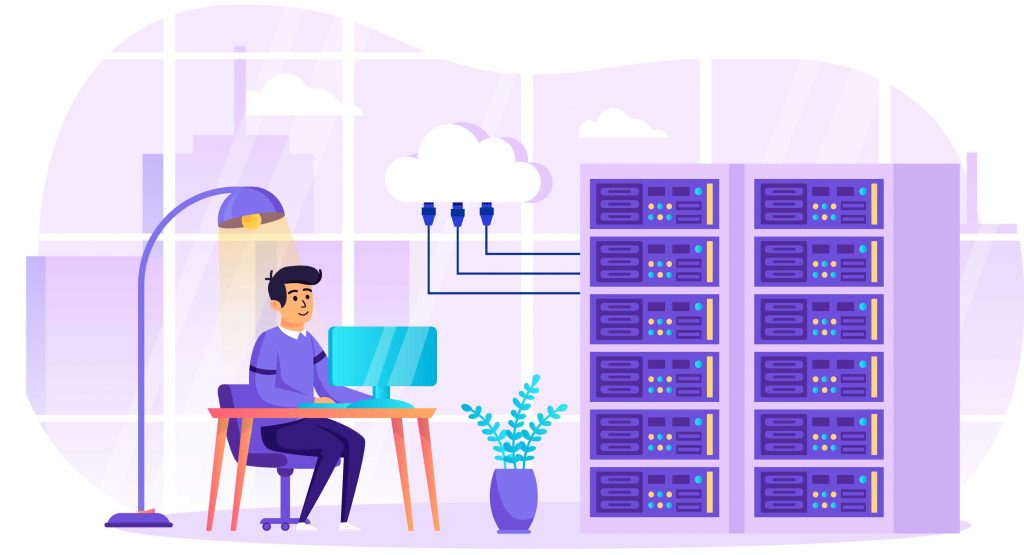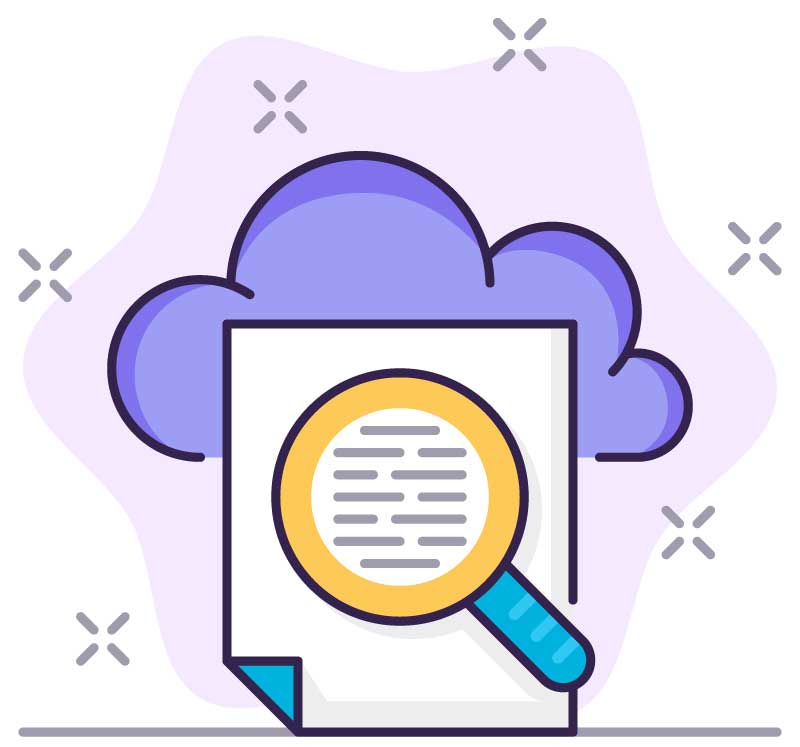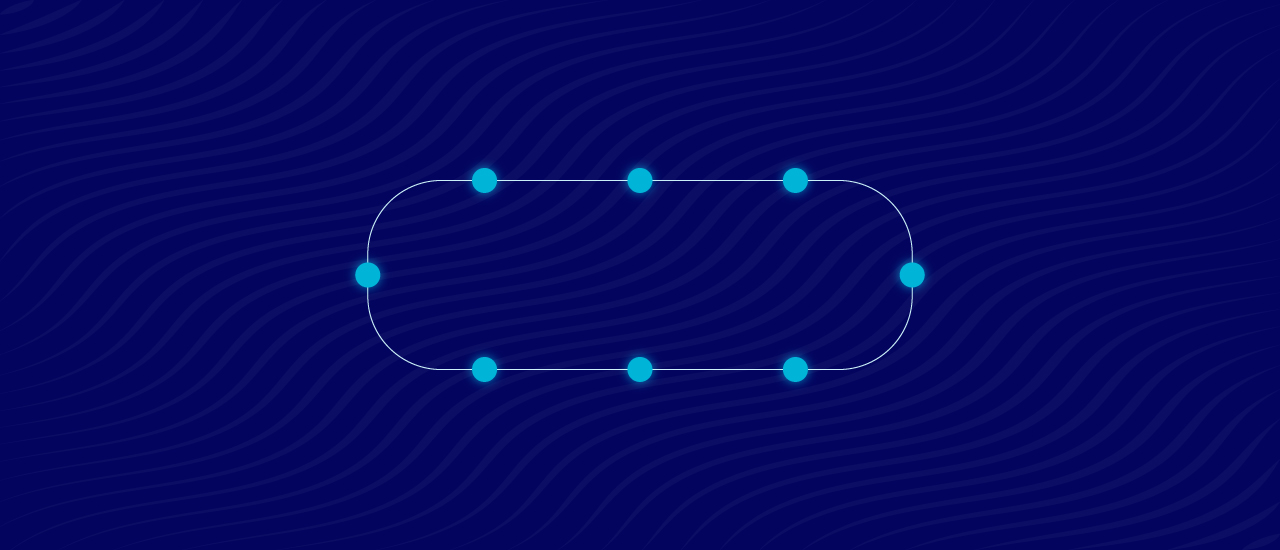For most technology-driven organizations, cloud costs represent a significant portion of their operating expenses. When the Cloud was first introduced it offered cost control and a lower total cost of ownership for state-of-the-art computing technology. But over time, costs rose significantly with increased cloud adoption.
So why does data monitoring cost on the Cloud often shoot up dramatically? Is it because of the Cloud’s hidden costs or mistakes like setting up too many server instances that never get used? Let’s look at the most common factors that affect the overall cost of the Cloud:
Common factors that affect the overall cost of the Cloud:
- Volume and complexity of data: The volume and complexity of data we collect have a significant cost implication, mainly when it comprises new data types like unstructured logs, support tickets, social media feeds, and sensor data.
- Optimization: Cloud computing architecture is very different from traditional on-premise VMs. It requires constant optimization for the movement of data-driven decision-making needs, tools, and frameworks specifically built for storage. When executed blindly, optimization tends to increase the overall cost.
- Multiple instances: While applications become cloud-native, many organizations attempt to manage multiple distinct cloud instances as data often ends up with multiple copies which then requires additional monitoring.
- Lack of integrated tools and technologies: Most enterprises have several dozen tools for their computational needs and storage. But they often lack dedicated integrated tools and technologies that were built from the ground up specifically for Cloud ops architecture to manage the complexity while controlling for costs.
Cloud Data Reliability Monitoring – Ways to Monitor and Reduce the Cost!
So what are the best strategies today to reduce data monitoring costs in the Cloud? Should you invest in an in-house monitoring stack? Or are free and open-source monitoring tools a viable alternative?

First, you can work with tech partners since data quality monitoring needs constant innovation at the computational level and at the user experience level. Second, you can work with SaaS providers that use service levels and pay only for what you use. Or third, you can build up an in-house monitoring stack or buy one and customize it to your needs. These options are promising if you have the time, investment, and resources to constantly upgrade the infrastructure.
But what are the recommended best practices to reduce the overall monitoring costs in the Cloud?
The very nature of managing data needs to be seen as an optimization problem. The objective should be “given what we want” and what is the quickest and the lowest cost option to achieve the same.
Understand how much real-time data you need, how much historic info you want to keep in active storage, and your machine learning needs. Just storing data hoping that it will be helpful in the future will only increase the storage and computational costs without any additional benefits for your business.
If machine learning is important to your business model, give importance to training data, understand your decision life cycle, your accuracy needs, your model performance, and the acceptable kind of drift.
Why is cloud data monitoring far better and appealing than traditional approaches? The Cloud gives you the flexibility of having the right kind of storage and computation based on the processing needs (image processing, signal processing, etc.). The Cloud can also provide these instantaneously. With Function as a Service and event-driven architectures, one can completely hand over the operations to the “software” and pay for the specific monitoring tools needed.
The traditional approach remains cumbersome and fragmented. It requires too many different tools for functions like log monitoring and tracing. Moreover, standard tools cannot provide answers to important questions like “How do you test data like you would test code?” and “How do you version data like you would version code?”
How can Qualdo help lower your cost of cloud data reliability monitoring?

We built Qualdo with two questions in mind: Why is it so expensive to monitor data? And why is it so complex? As it turns out, these two questions are closely related and lead us to what Qualdo has become today.
At first, we planned to only observe data systems, not monitor them. But by observing them, by versioning them, and by testing them as you would any new software, we found that these data systems and data stores can be understood, debugged, and turned into a far simpler and cheaper solution than traditional offers.
To know more about Qualdo-DRX, Data Reliability Edition, Request here for a free demo.



